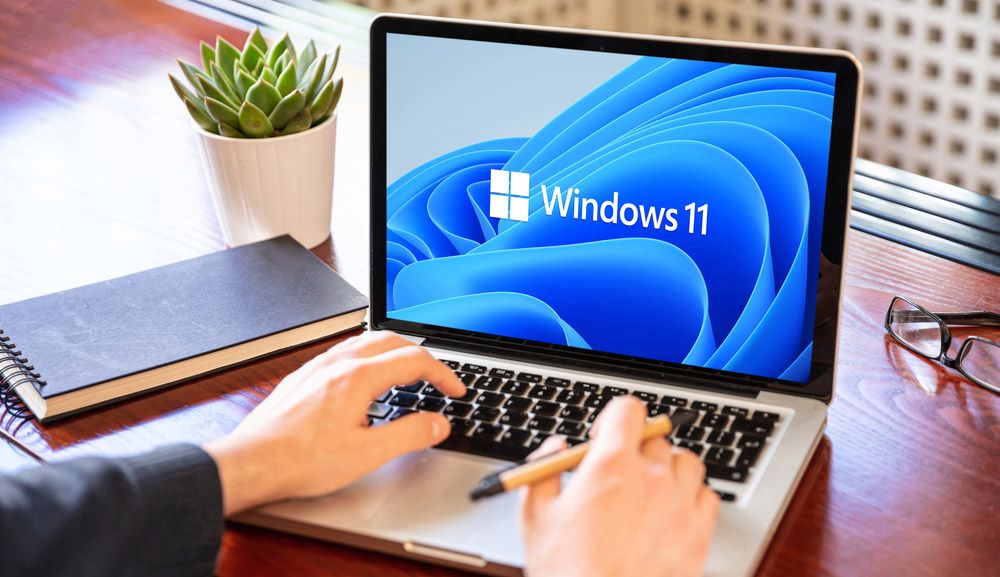Microsoft just launched MAI‑Image‑1, the company’s first fully in‑house built image generation model. It’s already competing at the top of the rankings of major text‑to‑image models like Gemini’s Imagen and ChatGPT in the independent site LMArena.
For those unfamiliar, LMArena is kind of like the Billboard charts — but instead of ranking music, it ranks how good AI models are at generating images from text. The public leaderboard is the place where different companies (like Microsoft, Google or open-source projects) submit their text-to-image AI models, and these models are judged based on how well they turn written prompts into high-quality pictures.
So when Microsoft says MAI-Image-1 debuted in the Top 10 on LMArena, that means it beat out a lot of competitors in a blind head-to-head test — and it’s now considered one of the best AI image generators available, based on public feedback.
How to try it
Getting started with MAI-Image-1 is easy. You don’t need a subscription, just a Microsoft login if you want to keep track of your creations.
- Go to bing.com/images/create
(or use the “Image Creator” tab inside Copilot) - Type a prompt
- Click “Create” and wait a few seconds — you’ll get 3–4 variations
- Download or edit the image for your use case
MAI-Image-1 is also integrated into Copilot in Microsoft Designer and PowerPoint, where you can right-click and use natural language to generate supporting visuals for presentations, social graphics, or concept boards.
Microsoft says they prioritized rigorous data selection and nuanced evaluation focused on tasks that closely mirror real‑world creative use cases. Here’s the key features mentioned:
- Photorealism: Better handling of lighting, reflections, landscapes.
- Speed + quality: Faster iteration cycle compared to some larger, slower models.
- Creative‑first training: Feedback from professionals in creative industries, not just general image generation.
Use cases for MAI‑Image‑1 are vast considering the tool can be used within Copilot. Try idea prototyping with it by pushing a prompt to create three to five variations until you get what you’re looking for, select your favorite, then refine the next prompt based on output.
From there, you can export your image and bring into your favorite design tool (Photoshop, Figma, Illustrator) for further editing/branding. Additionally, try incorporating your favorite generated images into blog posts, presentation decks, social posts or mood boards like Mixboard.
5 prompts to try with MAI‑Image‑1
Here are prompts you can copy/paste into Bing Image Creator or Copilot to test what MAI‑Image‑1 can do. Keep in mind that the image generator will randomly switch from one model to the other, so before you generate, double check to make sure you’re actually using MAI‑Image‑1.
1. Structures
Prompt: “Create a photorealistic image of a futuristic city skyline at sunset, with reflective glass buildings and flying electric vehicles, in a cinematic wide‑angle style.”
I have used various versions of this prompt before because it helps me determine how well and image generator handles nature, contrasts and elements that are not yet real (flying vehicles). It tests creativity and nuance. These four images are on-par with top video generators.
2. Culinary creations
Prompt: “Generate a close‑up of a gourmet vegan dish plated on a sleek black ceramic plate, soft natural light from the side, minimal background, high resolution.”
MAI-Image-1 lets you choose how many images you want generated at a time. I wanted to see the different angles and plating of the food, and the images did not disappoint.
3. Marketing images
Prompt: “Create a high contrast marketing hero image for a tech startup: diverse team of four brainstorming around a holographic display, ambient neon lighting, ultra‑wide lens.”
This image is oddly dark and less clear. Based on this image I would tweak the prompt to encourage more detail and better lighting.
4. Animals and nature
Prompt: “Illustrate a serene wildlife scene: a red fox crossing a misty forest clearing at dawn, warm golden hour lighting, ultra‑detailed fur textures, shallow depth of field.”
This is a stunning image with attention to detail. Looking at this image, it would be hard to determine if this were ChatGPT, Nano Banana or MAI-Image-1. It’s easy to see why this image generator is on par with its rivals.
5. Storyboarding
Prompt: “Create a visual storyboard: three panels showing the evolution of editing workflow from paper notebooks > laptop screen > holographic AI assistant, seamless transition, clean corporate style.”
This story board isn’t great, but it’s a fairly good start. Integrating MAI-Image-1 with something like Mixboard or Nano Banana could help users further their creativity and bring their products and stories to life.
Microsoft MAI-Image-1 Outlook
MAI‑Image‑1 marks a major step for Microsoft in visual AI. It’s accessible, fast and built with real‑world creative workflows in mind. While it’s not perfect and the verdict over whether it’s as good as Nano Banana is still out, the early results are fairly impressive. You can expect a full MAI-Image-1 vs Nano Banana comparison from me soon.
If you’re already generating content with AI, it’s worth adding MAI‑Image‑1 to your toolkit. Give it a try and let me know what you think in the comments.
Follow Digitpatrox on Google News and add us as a preferred source to get our up-to-date news, analysis, and reviews in your feeds.
More from Digitpatrox
Back to Laptops
Source link
